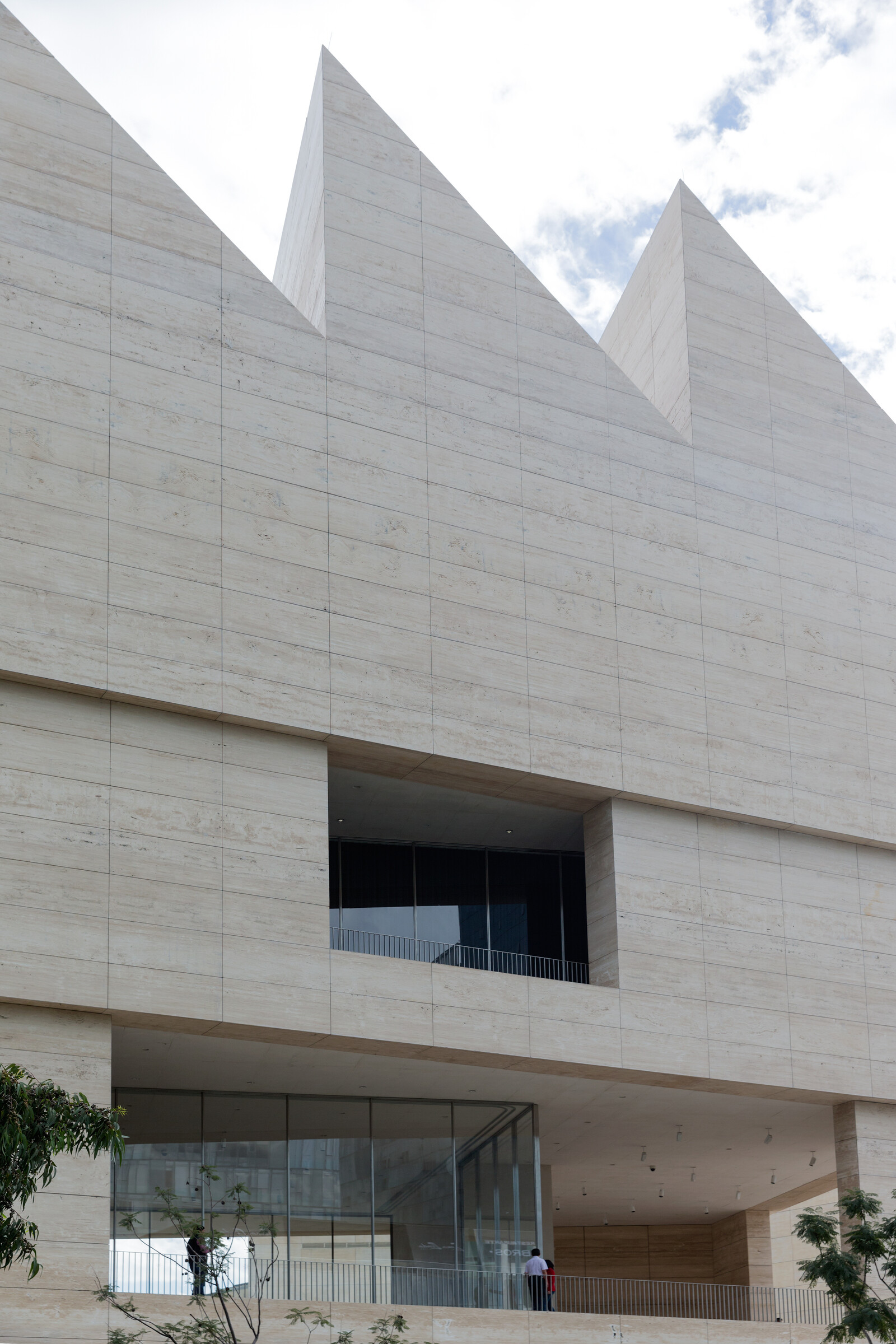Ampliación Granada
Miguel de Cervantes Saavedra 303
11529 Mexico City,
Mexico
Walid Raad
October 13, 2016–January 8, 2017
Level 3 gallery
Organized by: The Museum of Modern Art, New York
Curated by: Eva Respini, Barbara Lee Chief Curator, Institute of Contemporary Art, Boston, with Katerina Stathopoulou, Curatorial Assistant, Department of Photography, The Museum of Modern Art, New York
Coordinated at Museo Jumex by Ixel Rion, Curatorial Assistant
Following the presentation at The Museum of Modern Art, New York, and the Institute of Contemporary Art, Boston, the exhibition travels to Museo Jumex.
Walid Raad has explored how documentary, memory, narrative, and fiction are shaped by the experience of violence in one of his long-term projects, The Atlas Group (1989–2004). His current ongoing project, Scratching on things I could disavow (2007–ongoing), examines the recent emergence in the Arab world of new infrastructure for the visual arts—art fairs, biennials, museums, and galleries—alongside the geopolitical, economic, and military conflicts that have consumed the region. The exhibition emphasizes the importance of performance, narrative, and storytelling in Raad’s oeuvre.
General Idea: Broken Time
October 27, 2016–February 12, 2017
Level 2 gallery
Exhibition co-produced by MALBA, Museo de Arte Latinoamericano de Buenos Aires and Fundación Jumex Arte Contemporáneo; Supported by the National Gallery of Canada
Organized by: Agustín Pérez Rubio, Artistic Director of Museo de Arte Latinoamericano de Buenos Aires (MALBA)
Coordinated at Museo Jumex, by Gabriel Villalobos, Curatorial Assistant
Museo Jumex in collaboration with MALBA/Museo de Arte Latinoamericano de Buenos Aires, will present an exhibition of the Canadian collective General Idea (active between 1969 and 1994). The exhibition will present work in various media including paintings, sculptures, installations, multi-media projects, drawings, and collages.
Pasajeros 02: Esther McCoy
January 26–March 5, 2017
Level 1 gallery
Organized by: José Esparza Chong Cuy, Rodrigo Ortiz Monasterio, guest curators
Coordinated by Viridiana Zavala, Curatorial Assistant
The “Passersby” series consists of biographical and documentary-style micro-exhibitions focused on historical figures from abroad who have passed through Mexico and influenced the development of artistic discourse in the country.
The second edition of the “Passersby” series focuses on the American writer and architecture critic Esther McCoy (1904–89) and on the country that she saw during her travels to Mexico in the 1950s. The exhibition delves into the flow of references and ideas between Mexico and California; international style and popular styles; Luis Barragán and Rudolph Schindler; Clara Porset and Richard Neutra, through archival material such as manuscripts, photographs and audio recordings from the McCoy archive at the Smithsonian Institution.
Anri Sala: Clocked Perspective
January–September 2017
Public Plaza
Organized by Ixel Rion, Curatorial Assistant
Starting January 2017, Anri Sala’s public work Clocked Perspective (2012) will be on display at the public plaza of Museo Jumex. This work, now part of Colección Jumex, is a perspectivally-skewed clock dial mounted on a pole originally conceived for dOCUMENTA (13), where it was placed in the manner of a folly in Karlsraue Park (an 18th century garden). The work evidences the artist’s interest in time and duration, and questions time as a conceptual construction, pointing towards its arbitrary nature, opposing it to duration and lived time, while also highlighting the subjective nature of a measure that becomes a standard. In the context of the plaza at Museo Jumex, built on the grounds of a former tire factory and now surrounded by office buildings, it would seem to offer a reflection on the regimentation of time by industrial and post-industrial labor. After its presentation at Museo Jumex, Clocked Perspective will be placed in two other locations in Mexico City.
Ulises Carrión. Dear reader. Don’t read
February 9–May 7, 2017
Level 3 gallery
Organized by: Museo Nacional Centro de Arte Reina Sofía (Madrid) and coproduced by Fundación Jumex Arte Contemporáneo (Mexico City)
Curated by: Guy Schraenen
Coordinated at Museo Jumex, by Viridiana Zavala, Curatorial Assistant
Museo Jumex will present Dear Reader. Don’t read, a retrospective devoted to the work of Ulises Carrión (1941–89), a key figure in Mexican conceptual art. The exhibition, titled focuses on Carrión’s personal and groundbreaking approach as an artist, editor, curator and post-1960s international artistic avant-garde theorist and seeks to illustrate all aspects of his artistic and intellectual work, from his early career as a successful writer in Mexico to his untimely death at the age of 49. In addition to his artistic activities, Carrión developed a wide range of theoretical work, highlighted by his 1975 manifesto “The New Art of Making Books.” Though conceived with the goal of opening new avenues for traditional writers, it has had a great influence on young visual artists.
With nearly 350 works, the exhibition places a spotlight on every facet of Carrión’s production, emphasizing his constant search for new cultural strategies and underscoring the extent to which his projects were determined by two fundamental themes: structure and language. These themes represent artistic guidelines that, when influenced by a literary education, are pervasive in the artist’s work even if he always fought against it. This duality corresponds to the exhibition title Dear reader. Don’t read—taken from his diptych of the same name—which illustrates his ambiguous relationship to literature.
Robert Ryman
March 2–May 14, 2017
Level 3 gallery
Organized by: Dia Art Foundation
Curated by: Courtney J. Martin, Assistant Professor of History of Art & Architecture at Brown University, with Megan Witko, Assistant Curator at Dia
Coordinated at Museo Jumex by Begoña Hano, Exhibitions Coordinator
Following its presentation in Dia:Chelsea in New York, the exhibition will travel to the Museo Jumex, Mexico City. This comprehensive exhibition brings together six decades of Robert Ryman’s vital paintings, ranging in date from the 1950s through the 2000s. Since the 1950s, Ryman’s works have been both readily identified and identifiable by their achromatic surfaces, ones that transmit light without separating it into visible colors.


